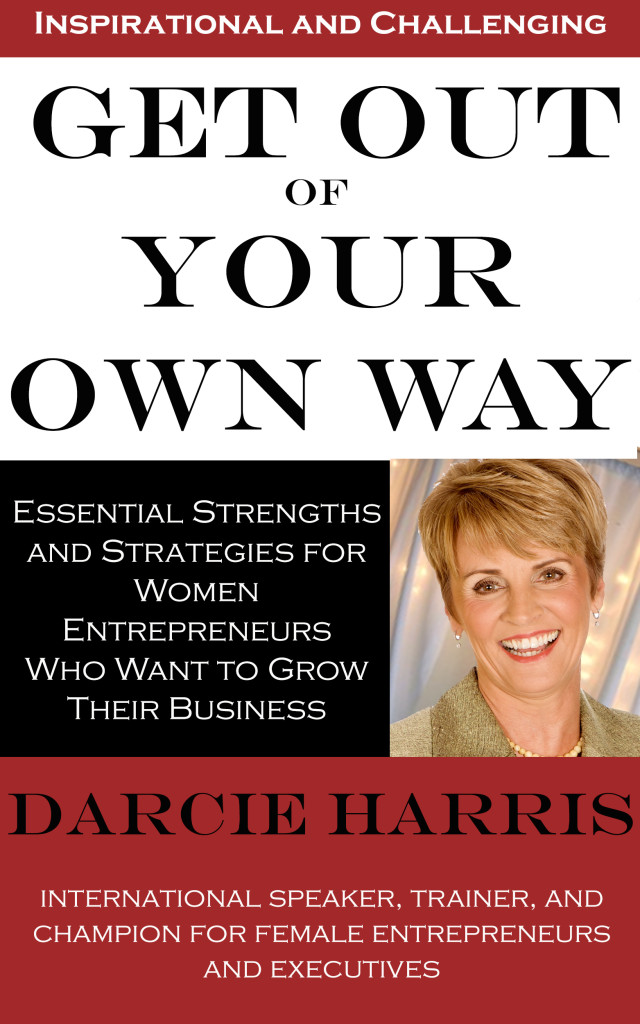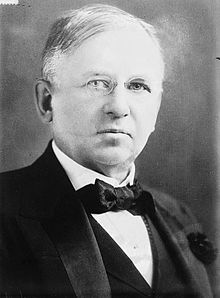 Last week a friend dropped by unexpectedly after work. The first thing she said was, “I really like your hair that way. It’s smoother. It looks good.”
Last week a friend dropped by unexpectedly after work. The first thing she said was, “I really like your hair that way. It’s smoother. It looks good.”
Seriously? I laughed and said, “You’re kidding. This is ‘bed hair!’ I went to the gym early, then went directly to my desk, where I’ve spent the entire day.”
“No, really,” she said. “I really like it that way.”
Well, of course, being a pushover for compliments, I deliberately blew my hair straight and smooth.
Two days later I attended an open house at her business. Her assistant, whom I hadn’t seen in a few months, waved hello, then walked over to chat.
“Something’s different,” she said. “I think it’s your hair. I really just want to mess it up, make it look windblown.” She actually reached toward me, like it was all she could do to keep her hands off my hair!
Really? One person likes my hair flat and smooth; the other likes it spiky and tussled. Which just goes to show you: you can’t please everyone.
My hair and your marketing
What does my hair have to do with your marketing? You can’t please everyone either. (I don’t know about you, but I hate that.)
That’s why it’s so seriously, definitely, unbelievably important that you know clearly who your target market is.
You have to know your market inside out. You have to know both what they want and what they need (which may not be the same thing!).
- Know how they think
- Know what they feel
- Know their values
- Know where they shop
- Know what they read
- Know where they hang out
- Know how they spend their time
- Know what keeps them awake at night and
- Know what brings them joy.
Because knowing all this will guide everything in your business. First and foremost, it will guide what products and services you offer. Then it guides your pricing. After that, it will guide your marketing strategy, marketing energy and marketing dollars.
Your marketing success depends on it
Nothing is more important to the success of your business than knowing who your target market is. It’s the only way you can differentiate yourself and get any marketing traction.
Here’s an example: let’s say you’re a financial planner. You sell a huge variety of financial products, anything from mutual funds, stocks and bonds, retirement investments, annuities, life insurance and more. Most everyone over the age of 22 needs something in that list.
If I ask, “Who is your target market?” and you tell me, “Everyone needs financial planning,” you are going to run yourself ragged trying to meet both men and women from age 22 to 95 and still only be marginally successful.
- Your marketing pieces will be watered down and generic.
- Your educational events will lack focus and guidance.
- You’ll be attending a gazillion networking events – everything from “Meet Ups for Young Professionals” to “Silver Seniors Breakfast Club.”
And more than that, the people you meet won’t know for sure that you truly understand their priorities and the challenges they face.
But if you tell me your target marketing is “Baby boomers who are getting serious about retirement plans” that paints a whole different picture.
- Your email marketing can contain articles with specific advice for someone in that age range.
- You will use images that baby boomers relate to.
- The background music at your educational events will be Creedence Clearwater and Van Morrison.
- Your prospects will know you understand their needs and priorities.
I have a client who owns a retail store selling environmentally friendly baby products, everything from diapers to soaps, to toys, to strollers. She knows her customers inside out. Though they come from hugely diverse socio-economic backgrounds, they have one common value: green! They believe their children are safer with environmentally friendly products.
- The store owner knows their values, knows what they think, and what they believe.
- She knows what they read and where they show up.
- She’s built a huge following on social media and has a loyal and growing customer base.
Close your eyes and open your mind
Right now, close your eyes and envision your three most profitable customers. These three people will typify the three IDEAL market segments you want to attract. Create a Persona (like a caricature) for each one – yes, give them a name. Create a background story for each of them.
If you don’t already know this information, then find out more about who your customers are, beyond their relationship to you. Then use this information to clearly define your target market. And use THAT information to make your marketing decisions.
Because…just like me and my hair, you just can’t please everyone.
P.S. So, I’m not really obsessed with my hair, I promise, but…I’d really like your opinion. Not that I do polling to make sure I please people or anything like that. I mean, I’m my own person. I have to please myself first, right? But still, if you’d like to vote on which hair style you like best, just leave a comment :)!

Spiky








